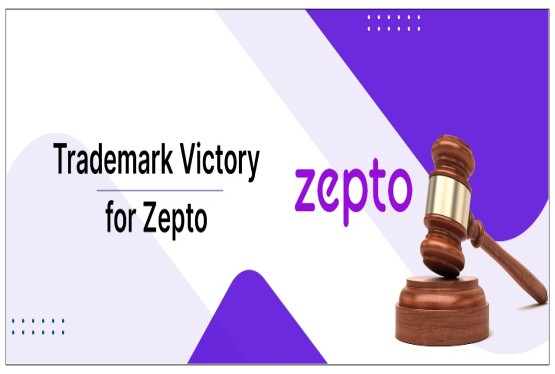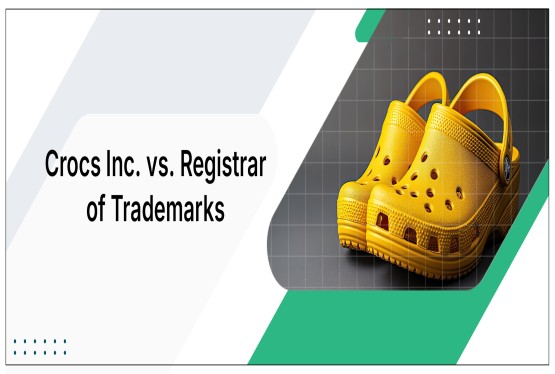A trademark is a distinctive sign that identifies the goods or services of a particular enterprise. To protect your brand and prevent unauthorized use, Trademark Registration is very important. Before filing a trademark application, it's essential to understand the prerequisites outlined in the Trade Marks Act, 1999.
Key Prerequisites for Trademark Registration
- Distinctive Character (Section 9(1)(b))
- Inherent Distinctiveness: The trademark must be inherently distinctive, capable of distinguishing the goods or services of one undertaking from those of others.
- Acquired Distinctiveness: If the trademark is not inherently distinctive, it may acquire distinctiveness through use over time. This is known as secondary meaning.
- Non-Deceptive Similarity (Section 9(1)(b))
- The proposed trademark should not be deceptively similar to an existing registered trademark.
- Deceptive similarity can lead to consumer confusion and dilution of brand value.
- The Registrar assesses similarity based on visual, phonetic, and conceptual factors.
- Not Contrary to Public Policy or Morality (Section 9(1)(b))
- The trademark should not be offensive, immoral, or contrary to public interest.
- Trademarks that promote hatred, violence, or discrimination are generally not registrable.
- Not a Geographical Indication (Section 9(1)(c))
- The trademark should not be a geographical indication that identifies the geographical origin of goods.
- Geographical indications are protected under separate legislation.
- Not a Reserved Word or Emblem (Section 9(1)(d))
- The trademark should not be a reserved word or emblem under the Act or any other law.
The Trademark Application Process
- Trademark Search:
- Conduct a thorough Trademark Search to identify any existing similar trademarks.
- A trademark search can be conducted online through the Indian Trade Marks Registry's website or through a professional trademark attorney.
- Preparing the Application:
- Fill out Form TM-A accurately and completely.
- Provide a clear and accurate representation of the trademark.
- Pay the requisite fees.
- Filing the Application:
- File the application with the Trade Marks Registry.
- Examination:
- The Registrar will examine the application to ensure it meets the statutory requirements.
- Acceptance or Objection:
- If the application is found to be in order, it will be accepted.
- If there are objections, the Registrar will issue a notice to the applicant, who can respond to the Trademark Objections.
- Publication:
- The accepted application will be published in the Trade Marks Journal, inviting oppositions from third parties.
- Opposition (if any):
- Any person who believes that the registration of the trademark would infringe their rights can file a Trademark Opposition.
- Registration:
- If no oppositions are filed or if the oppositions are dismissed, the Registrar will issue a certificate of registration.
Conclusion
By carefully considering the prerequisites and following the prescribed procedure under the Trade Marks Act, 1999, you can increase the chances of successful trademark registration. It is advisable to consult with Us we have team of trademark attorney wo will make sure that your application is well-prepared and to navigate the complexities of the trademark registration process. Remember, a strong and well-protected trademark is a valuable asset for any business.
FAQs
- What are the key prerequisites for filing a trademark application in India?
To file a trademark application in India, your trademark must be:
- Distinctive: It should be capable of distinguishing your goods or services from those of others.
- Non-Deceptive: It should not be deceptively similar to an existing registered trademark.
- Not Contrary to Public Policy or Morality: It should not be offensive or immoral.
- Not a Geographical Indication: It should not be a geographical indication.
- Not a Reserved Word or Emblem: It should not be a reserved word or emblem under the Trade Marks Act, 1999.
- How can I ensure my trademark is distinctive?
A trademark can be distinctive either inherently or through acquired distinctiveness. Inherent distinctiveness means the trademark is inherently capable of distinguishing your goods or services. Acquired distinctiveness means the trademark has become distinctive through use over time.
- What is the process of filing a trademark application?
The process involves the following steps:
- Trademark Search: Conduct a search to avoid conflicts with existing trademarks.
- Filing the Application: Prepare and file the application with the Trade Marks Registry.
- Examination: The Registrar examines the application for compliance with legal requirements.
- Acceptance or Objection: If accepted, the application is published in the Trade Marks Journal. If objected, the applicant can respond.
- Opposition (if any): Third parties can file oppositions against the application.
- Registration: If no oppositions or objections are successful, the trademark is registered.
- What is the role of a trademark attorney in the registration process?
A trademark attorney can assist in various ways, including:
- Conducting a thorough trademark search
- Preparing and filing the application
- Responding to objections and oppositions
- Appealing adverse decisions
- Providing legal advice and guidance throughout the process
- How long does the trademark registration process take?
The trademark registration process can take several months, depending on various factors such as the complexity of the application, the number of objections, and the workload of the Trade Marks Registry.






























_(b)_of_the_Trademark_Act,_1999_(1)_crop10_thumb.jpg)



_crop10_thumb.jpg)




























_crop10_thumb.jpg)
_crop10_thumb.jpg)






_crop10_thumb.jpg)








_crop10_thumb.jpg)
_crop10_thumb.jpg)



_crop10_thumb.jpg)





























_crop10_thumb.jpg)

















_crop10_thumb.jpg)






_crop10_thumb.jpg)











































































































































_crop10_thumb.jpg)




































_crop10_thumb.jpg)












_crop10_thumb.jpg)






















